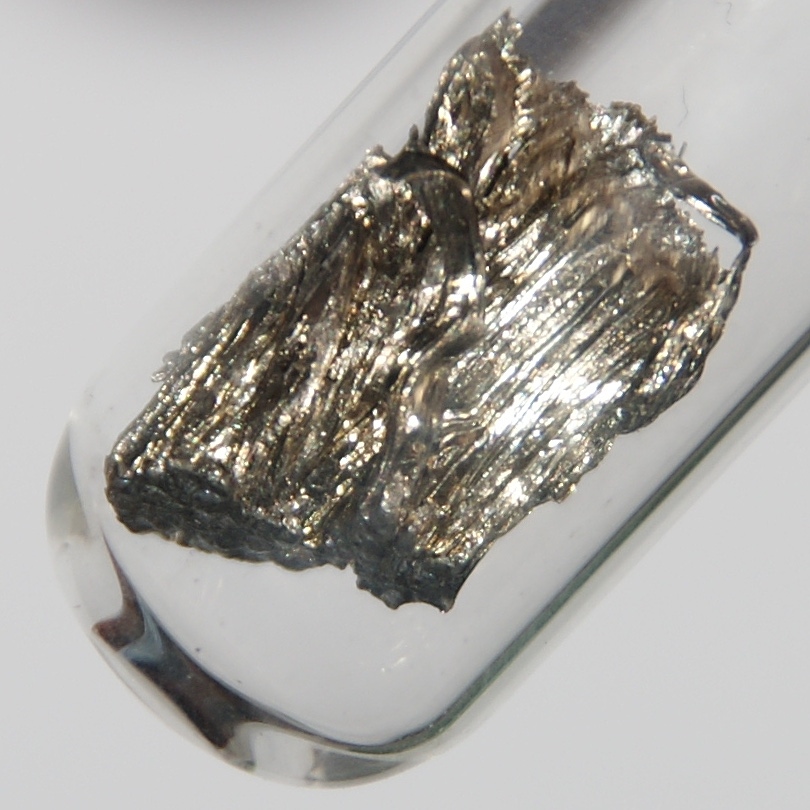Facts About Samarium
Atomic Number: 62 Atomic Symbol: Sm Atomic Weight: 150.36
Melting Point: 1,965 F (1,074 C) Boiling Point: 3,261 F (1,794 C)
Word origin: Named for the mineral samarskite, which was named in honor of a Russian mine official, Col. Samarski.
Discovery: In 1879, French chemist Paul Émile Lecoq de Boisbaudran discovered the element spectroscopically by its sharp absorption lines in samarskite.
Properties of samarium
Samarium, part of the lanthanide group of elements, is fairly stable in air and has a bright silver sheen. Three crystal modifications of the metal exist, with transformations at 734 and 922 C (1,353 and 1,692 F). [See Periodic Table of the Elements]
The metal ignites in air at about 150 C (302 F). The sulfide has good thermoelectric efficiencies up to 1,100 C (2,012 F) and exceptional stability at high temperatures. There is scant data about the toxicity of the element so it should be handed carefully.

Sources of samarium
Samarium is found along with other rare earth elements in many minerals, including monazite (2.8 percent) and bastnasite, which are commercial sources. While samarium has not been isolated in its pure form until recently, misch metal containing about 1 percent of samarium metal, has been used for a long time.
Solvent extraction and ion-exchange and techniques have streamlined the separation of the rare earths from one another and more recently, electrochemical deposition, using an electrolytic solution of lithium citrate and a mercury electrode, has been used. Reducing the oxide with lanthanum can produce samarium metal.
Natural samarium is a mixture of several isotopes, three of which are unstable with long half-lives and 21 isotopes of samarium exist.
Uses of samarium
Samarium provides carbon-arc lighting for the motion picture industry. Samarium forms a compound with cobalt (SmCo5), which is a powerful permanent magnet with the highest resistance to demagnetization of any known material.
The element used as a neutron absorber in nuclear reactors and in infrared absorbing glass.
Compounds of the metal act as sensitizers for phosphors excited in the infrared; the oxide exhibits catalytic properties in the dehydration and dehydrogenation of ethyl alcohol.
Samarium oxide has been used in optical glass to absorb the infrared. Samarium is used to dope calcium fluoride crystal for use in optical lasers or lasers.
(Source: Los Alamos National Laboratory)
Sign up for the Live Science daily newsletter now
Get the world’s most fascinating discoveries delivered straight to your inbox.











